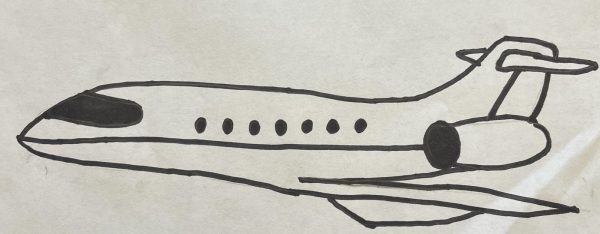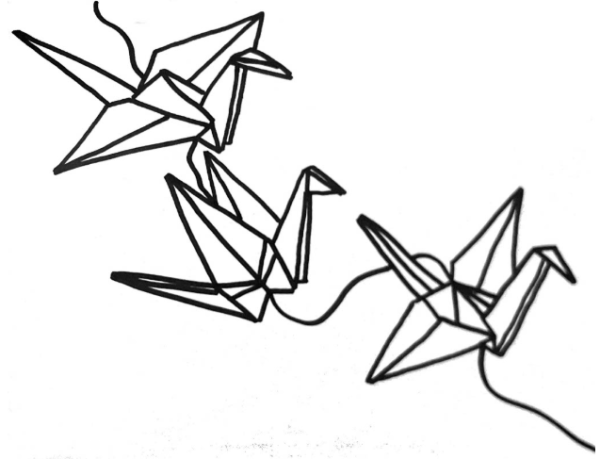Going Viral
For the first time ever, viruses may be on the menu
When we think of viruses, “nutrient-packed” isn’t exactly the first thing to come to mind, but despite circumventing the usual definitions for being “alive”, viruses hold lots of vital components for life. In addition to nucleic acids, viruses also contain nitrogen and phosphorous, both in high demand for life in any ecosystem. Plentiful too, an article by Scientific American estimates that the average human has almost 400 trillion viruses on and inside their body, ten times more than the number of bacteria. Despite this, Virovores, or organisms that sustain themselves eating viruses, were basically unknown. This January a team headed by Professor John Delong at University of Nebraska-Lincoln observed for the first time, Virovores in action. Halteria, also known as the jumping oligotrich, is a type of single-celled plankton known for its hair-like protrusions. A sample of cells from a pond by Delong’s house was found to be capable of consuming the chlorovirus that existed in their water and are estimated by Delong to be able consume up to ten trillion viruses a day. According to the study, to check that the plankton was actually treating the virus as fuel, scientists tagged chlorovirus cells with green dye before they were eaten. Soon enough, all the Halteria’s vacuoles, their equivalent of a stomach, were turned a glowing neon green. While virus consumption has been vaguely observed in other food chains, specifically in a study from 1980 proving a certain type of algae could lower virus concentrations in water, this new discovery differs from older examples in one key way: The study from 1980 was vague on if there was any change in the virus eating algae, Delong’s Halteria virus eating Halteria grew to 15 times the size of the control group. This didn’t just prove that the plankton was able to safely take in chloroviruses, but able to metabolize them enough to be a viable food source and foundation for population growth. In fact, the rate at which the Halteria converted the mass of consumed chlorovirus into its own, matches closely the rates in which algae mass gets added to miniature crustaceans, despite the second interaction taking place on a scale thousands of times larger. While it hasn’t been proven if Delong’s Virovores would look the same outside a laboratory setting, the potential this discovery holds is incredible. While people have already begun speculating about how Virovorous could be used to fight disease, the effect on the chloroviruses observed in this experiment could revolutionize our basic understanding of the global carbon cycle. Chloroviruses specifically target microscopic algae, infecting and exploding their hosts before moving on to another target in a process that ends up with lots of carbon getting stuck at the very bottom of aquatic food chains. Instead of the algae being eaten and passing their energy up the chain, it gets dispersed back into the water and picked up by other microorganisms, which then could be killed by chlorovirus, restarting the cycle again. Halteria could, by suppressing chlorovirus, significantly reduce this carbon recycling, freeing up lots of carbon and energy to flow back up the food chain. This extra energy could have massive impacts, growing and strengthening population numbers and biodiversity across many different ecosystems.. Who knew something so small could make such a big difference?
Sly is a writer, illustrator, and doll fanatic. A Senior, this is his 2nd year at the messenger, and he is so excited to be published in something other...




